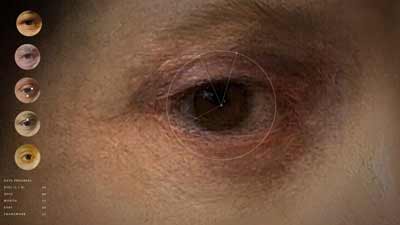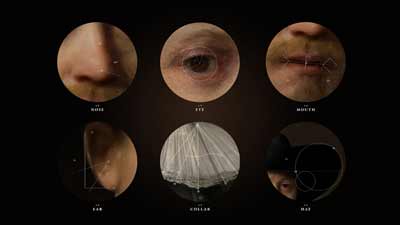Google has just started funding an artificial intelligence program that will write local news articles. In 2016, a group of museums and researchers in the Netherlands unveiled a portrait entitled The Next Rembrandt, a new artwork generated by a computer that had analyzed thousands of works by the 17th-century Dutch artist Rembrandt Harmenszoon van Rijn. A short novel written by a Japanese computer program in 2016 reached the second round of a national literary prize. And the Google-owned artificial intelligence company Deep Mind has created software that can generate music by listening to recordings.
Other projects have seen computers write poems, edit photographs and even compose a musical.
Robotic artists have been involved in various types of creative works for a long time. Since the 1970s computers have been producing crude works of art, and these efforts continue today. Most of these computer-generated works of art relied heavily on the creative input of the programmer; the machine was at most an instrument or a tool very much like a brush or canvas. But today, we are in the throes of a technological revolution that may require us to rethink the interaction between computers and the creative process. That revolution is underpinned by the rapid development of machine learning software, a subset of artificial intelligence that produces autonomous systems that are capable of learning without being specifically programmed by a human.
A computer program developed for machine learning purposes has a built-in algorithm that allows it to learn from data input, and to evolve and make future decisions that may be either directed or independent. When applied to art, music and literary works, machine learning algorithms are actually learning from input provided by programmers. They learn from these data to generate a new piece of work, making independent decisions throughout the process to determine what the new work looks like. An important feature for this type of artificial intelligence is that while programmers can set parameters, the work is actually generated by the computer program itself – referred to as a neural network – in a process akin to the thought processes of humans.
Creating works using artificial intelligence could have very important implications for copyright law. Traditionally, the ownership of copyright in computer-generated works was not in question because the program was merely a tool that supported the creative process, very much like a pen and paper. Creative works qualify for copyright protection if they are original, with most definitions of originality requiring a human author. Most jurisdictions, including Spain and Germany, state that only works created by a human can be protected by copyright.
But with the latest types of artificial intelligence, the computer program is no longer a tool; it actually makes many of the decisions involved in the creative process without human intervention.


Blurring the lines between art and technology, researchers in
the Netherlands challenged themselves to create a new Rembrandt
masterpiece using cutting-edge information technologies
(photos: J. Walter Thompson Amsterdam).
One could argue that this distinction is not important, but the manner in which the law tackles new types of machine-driven creativity could have far-reaching commercial implications. Artificial intelligence is already being used to generate works in music, journalism and gaming. These works could in theory be deemed free of copyright because they are not created by a human author. As such, they could be freely used and reused by anyone. That would be very bad news for the companies selling the works. Imagine you invest millions in a system that generates music for video games, only to find that the music is not protected by law and can be used without payment by anyone in the world.
While it is difficult to ascertain the precise impact this would have on the creative economy, it may well have a chilling effect on investment in automated systems. If developers doubt whether creations generated through machine learning qualify for copyright protection, what is the incentive to invest in such systems? On the other hand, deploying artificial intelligence to handle time-consuming endeavors could still be justified, given the savings accrued in personnel costs, but it is too early to tell.
